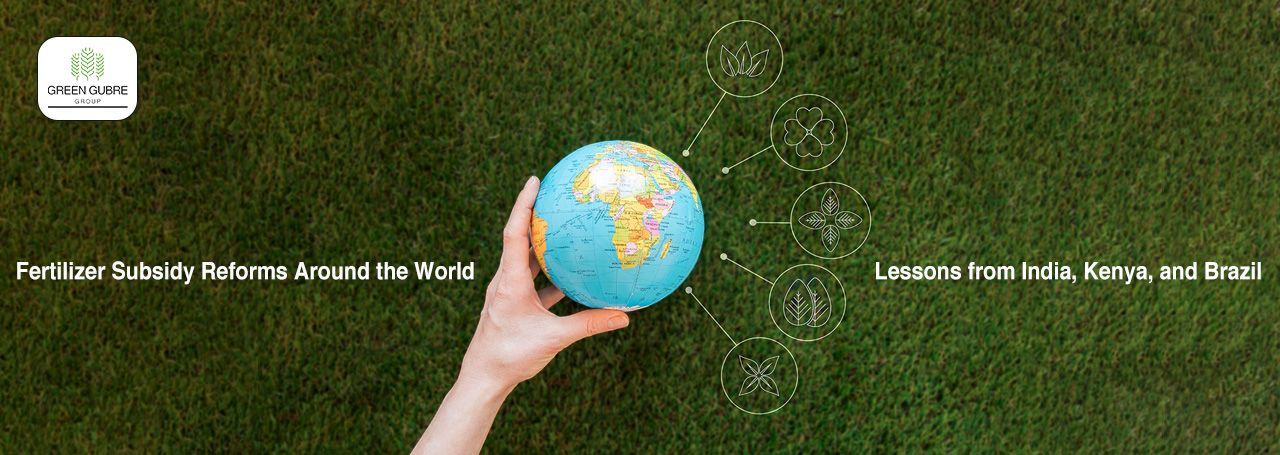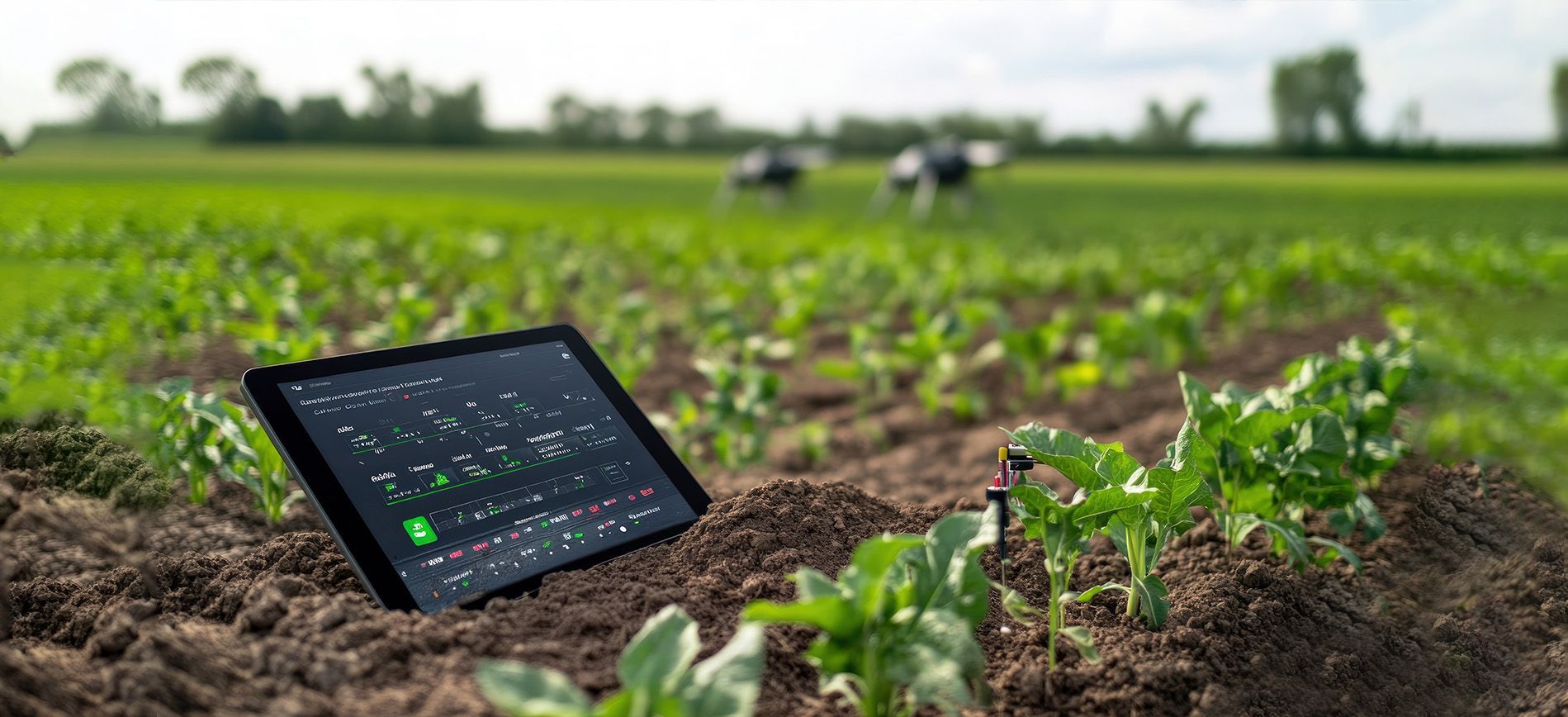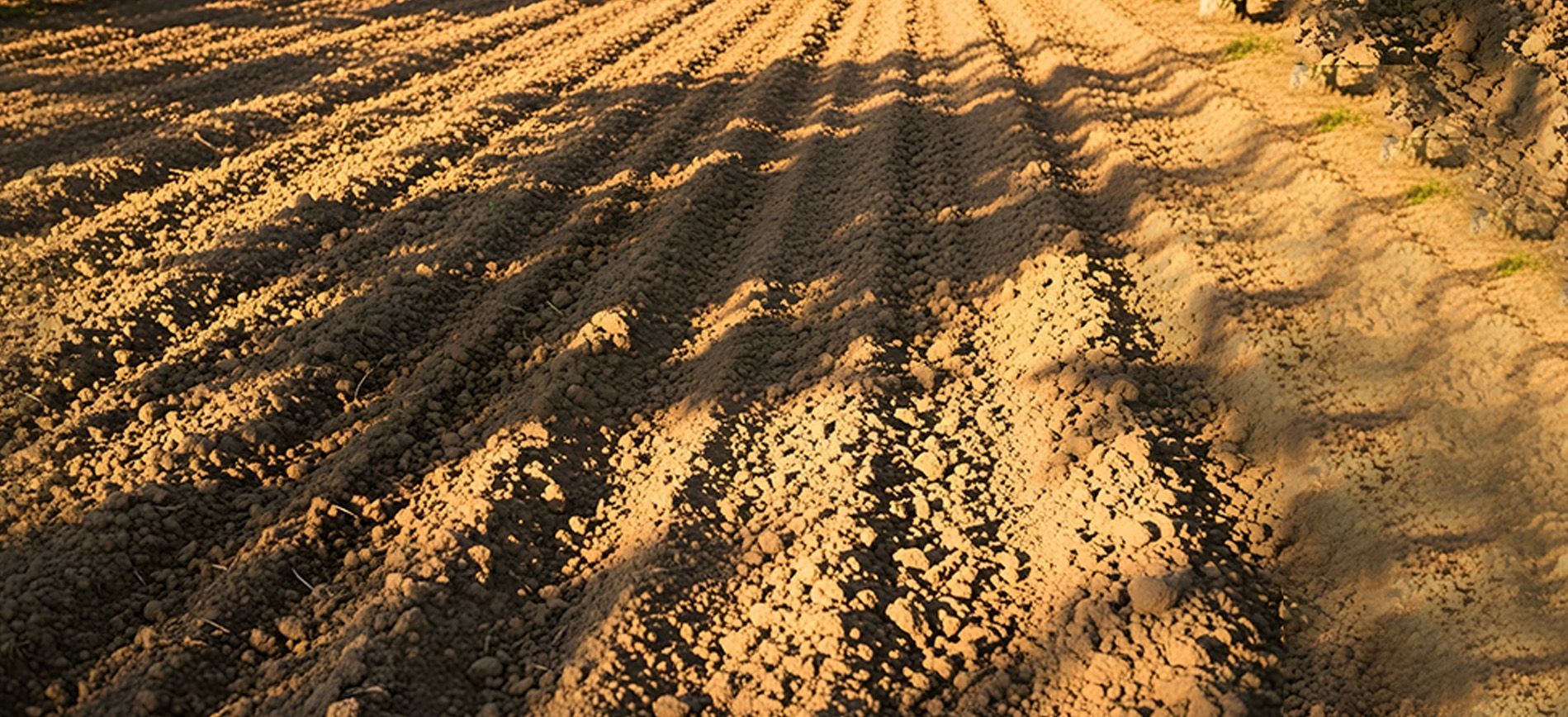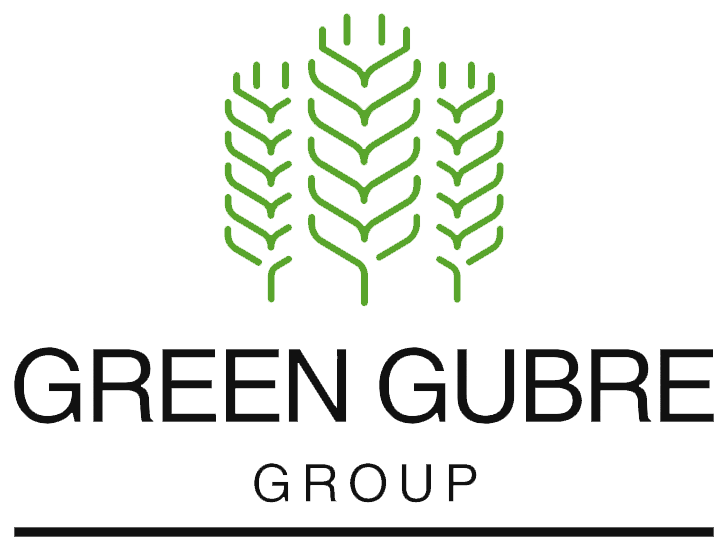Fertilizer Subsidy Reforms Around the World – Lessons from India, Kenya, and Brazil
Fertilizer Subsidy Reforms Around the World – Lessons from India, Kenya, and Brazil

Introduction: Redefining Support for Sustainable Agriculture
Fertilizer subsidies have long supported farmers, ensured food security, and stabilized agricultural input markets. However, as global fertilizer prices fluctuate and governments face tighter budgets, many countries are reforming their subsidy systems. The shift is towards smart subsidies, digital targeting, and market liberalization, aiming to make subsidy programs more efficient, equitable, and fiscally sustainable. These reforms promise a more resilient and sustainable agricultural sector.
This blog analyzes how
India,
Kenya, and
Brazil—three influential agricultural economies—are restructuring their fertilizer subsidy policies and what lessons these reforms offer to other fertilizer-importing nations.
1. India: From Blanket Subsidies to Digital Direct Benefit Transfers (DBT)
India has one of the world’s most extensive fertilizer subsidy programs, spending over $20 billion annually to support nitrogen (urea), phosphate (DAP/MAP), and potash fertilizers.
Key reforms:
- Nutrient-Based Subsidy (NBS): Introduced in 2010 for non-urea fertilizers, linking the subsidy to nutrient content instead of product.
- Direct Benefit Transfer (DBT): Since 2018, subsidies have been transferred digitally to retailers after they are sold to farmers using biometric Aadhaar ID verification.
- One Nation, One Fertilizer scheme: This scheme standardizes branding to reduce marketing costs and improve traceability. It aims to ensure that farmers across the country have access to the same quality and type of fertilizers, thereby reducing disparities and ensuring equitable distribution.
Lessons from India:
- Digital infrastructure is crucial for targeting and transparency.
- Urea remains under price control, distorting balanced fertilizer use (over-application of nitrogen).
🔗 Ministry of Chemicals and Fertilizers – DBT Fertilizer Scheme
2. Kenya: E-Voucher Program for Better Targeting
Kenya launched a digital e-voucher subsidy system in 2020 with World Bank support to improve fertilizer access for smallholder farmers while avoiding leakages.
Program features:
- E-vouchers are distributed via mobile phones to eligible farmers.
- Redeemable at approved agro-dealers for specific fertilizer types (e.g., NPK, DAP).
- Subsidy covers up to 40–60% of the market price.
Benefits:
- Reduced corruption and middleman influence.
- Greater control over input distribution and crop-specific targeting.
Kenya’s model is not just a successful case study, but a scalable blueprint for other Sub-Saharan African nations with mobile penetration and smallholder-focused agriculture. This scalability inspires hope for a more inclusive and efficient regional agricultural sector.
3. Brazil: Market-Led Growth with Strategic Government Support
Unlike India and Kenya, Brazil does not operate blanket fertilizer subsidies. Instead, it supports fertilizer affordability through:
- Low-interest credit lines for farmers via Banco do Brasil and other public banks.
- Strategic tax exemptions on certain fertilizers and raw materials: Brazil supports fertilizer affordability by strategically exempting certain fertilizers and raw materials from taxes. This reduces the cost of production for manufacturers, which can then be passed on to farmers in the form of lower fertilizer prices.
- Long-term national fertilizer plan (“Plano Nacional de Fertilizantes”) to reduce import dependency and boost domestic production.
Brazil’s approach encourages private-sector participation, efficient resource use, and long-term self-sufficiency without heavy recurring fiscal burdens.
4. Global Trends: Toward Smarter and Greener Subsidies
Across the world, countries are moving toward:
- Digital targeting (e.g., mobile vouchers, biometrics)
- Performance-based subsidies (linked to the adoption of climate-smart practices)
- Input-output linkages (bundling fertilizer with extension services or insurance)
- Market liberalization (allowing competitive pricing while offering targeted support)
Challenges remain, including:
- Ensuring digital inclusion among smallholders.
- Avoiding fertilizer overuse and environmental degradation.
- Balancing food security needs with fiscal discipline.
Green Gubre Group: Supporting Policy-Aware Trade
As fertilizer markets become more policy-sensitive, Green Gubre Group supports partners in:
- Navigating country-specific subsidy systems.
- Providing product mix options that align with local subsidy-eligible formulations.
- Offering market intelligence and strategic consulting on Africa, Asia, and Latin America policy reforms.
We aim to enable resilient, transparent, and policy-compliant fertilizer trade that meets national objectives and farmer needs.
References
- DBT Fertilizer – Government of India
- World Bank – Fertilizer E-Vouchers in Kenya
- Brazil’s National Fertilizer Strategy (PNF)
- IFPRI – Smart Fertilizer Subsidy Design
- FAO – Fertilizer Policies Database




